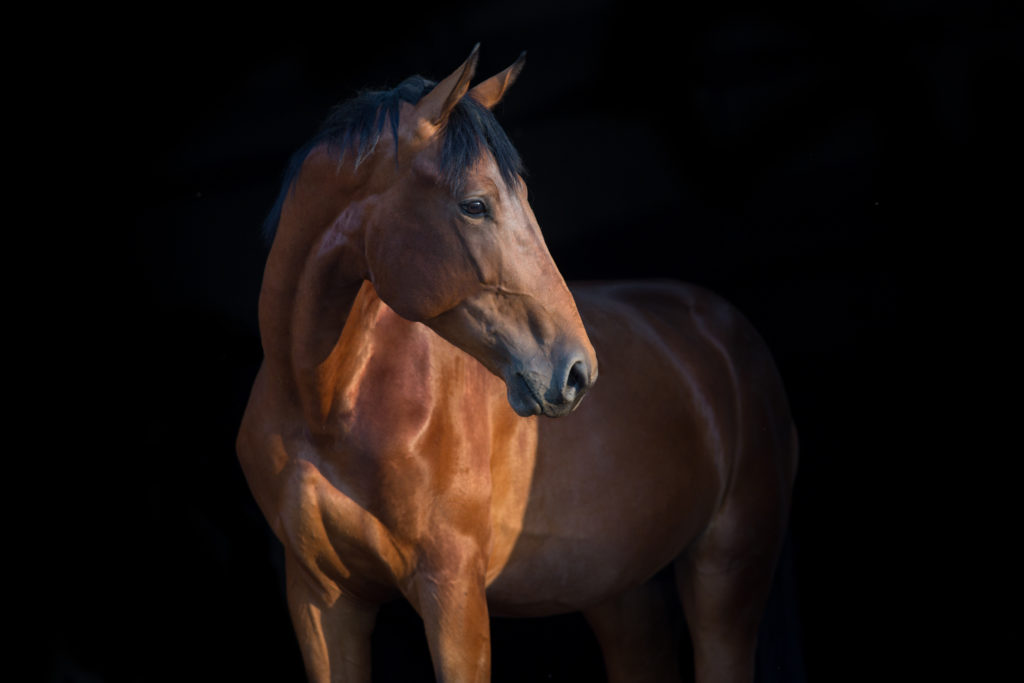
We talk about well-being of the horse, but what is that actually, on this topic alone a lot of conversations can be had. In my experience, horse welfare is estimating the animal on its external characteristics that it has received from the origins of the breed groups and also assessing the horse mainly on its character. I see far too much that the welfare of the owner, the rider, the breeder is put above the welfare of the horse. First that and then we see how we can improve the well-being of the horse. I think that’s the upside-down world. Too often, the performance in the sport and what a horse has to yield comes at the expense of well-being. As long as that is the order of the day, well-being will improve slightly but will never be optimal. Does it mean that we can no longer experience sport with our horses, no certainly not. I have sometimes looked at dressage and jumping competitions in the past and then I sometimes saw combinations that were really well matched and where both the rider and the horse experience pleasure and satisfaction from the performance she delivered, and that is also fine. But if I saw 30 combinations, there were only 2 or 3. Most people were preoccupied with themselves or were too inexperienced or just rough and disrespectful to the horse. In the end, the horse is not the rider, does not mean that the rider has no share but I often find that overvalued, especially in jumping. And when I look at the horses, I see a lot of sadness in their eyes and that the horses just shut themselves off in what is happening in their environment. I call them conditioned horses, they do everything perfectly but the character is completely invisible. I was once at a stallion inspection and there were a lot of stallions mixed up, there was not 1 limping there was no 1 stomping on the ground they just walked around a bit. From a natural perspective that is just not possible, then you would expect a reaction, stallions in nature react to each other, but nothing there at all. Does it mean that a stallion can do everything he wants, no not that, but if a stallion is estimated on the right character traits, it will follow you and also work with you, no issue.
I think if you look at horse welfare and how that manifests itself, that Totilas does appeal to everyone’s imagination. From the interaction it had in the period with Edward Gal, I thought that there was a very good dynamic between rider and horse. Totilas was given the opportunity to show himself who he was and that went very well with Edward’s ambition. When he came into the ring you just felt that dynamic and the fine-tuned balance between rider and horse. After that collaboration had stopped, that Dynamic completely disappeared, everything that happened afterwards, the place where he stood and the interaction was in my image completely not attuned to his character and what he needed. I saw another sad horse and what had closed itself off from the outside world, his injuries are in my image an expression of that. One horse gets sick, the other will just do what is asked and another will resist, another will get a disease. We then look for it in the medical corner and I find that in many cases that it is not but a consequence of the horse not giving the care and attention that suits the character.
What we also have to say is that when I read the KWPN’s booklets that they are talking about products, and not about horses. I think that’s a really misplaced designation of a powerful being. Suppose you close your eyes and imagine an animal that is powerful, fast, eye-catching, gently nice and beautiful then I think a horse will draw out, then we can not talk about products I think.
Finally, if we really start to get an eye for the being horse and learn from the horse what it brings us and we can create an environment that suits the character, we get a lot back in learning who we are and what we can achieve together with the horse.